Workplace Delivery, Reengineered: The Model Behind the Momentum
In every industry, legacy systems eventually fall out of alignment with modern expectations. In workplace services, that moment is now. The shift from transactional service delivery to integrated experience management is not a passing trend. It is a structural transformation in how organisations engage their people, welcome their guests, and shape their brand environments.
At First Contact, we recognised this evolution early. Not as a theoretical risk, but as a real opportunity to lead. That strategic foresight led to the development of our Experience Service Model (ESM), a rigorously designed and operationally proven system that redefines how workplace services are delivered, scaled, and sustained.
This is not a concept. It is a live operating model. It is already creating measurable value across sectors and geographies.
A Model Built for Permanence
The Experience Service Model was not built to tell a story. It was built to solve a persistent structural gap: the absence of codified systems in workplace experience delivery.
Across the industry, service delivery has too often been held together by goodwill, personality, and informal workarounds. Execution varies by location, consistency depends on individuals, and the client experience is left vulnerable to turnover and interpretation.
We chose a different path.
Over a three-year period, we mobilised a cross-disciplinary team of frontline leaders, operational designers, client engagement leads, and workplace strategists. Their mandate was clear. Develop a system capable of delivering quality at scale without sacrificing responsiveness, humanity, or brand alignment.
What emerged is a model that is both disciplined and dynamic. It underpins everything from our concierge programs and tenant engagement strategies to advisory deployments and multi-site service transitions.
Systemic Differentiation: The Three Pillars of the ESM
The ESM is not a playbook. It is embedded infrastructure. It lives within our workflows, our team structures, and our governance cadence. Its strength lies in three foundational pillars.
People and Culture
At the core of the ESM is the First Contact workforce. Our recruitment model prioritises intent and alignment. Our training frameworks embed brand voice, situational judgment, and service confidence. The result is a workforce that is prepared, consistent, and attuned to the environments they serve.
Process and Governance
This is not automation for automation’s sake. The ESM codifies the full service lifecycle, from pre-deployment planning and onboarding to exception handling and continuous improvement. Governance is built in, ensuring every action is traceable, auditable, and aligned to contract outcomes.
Platform and Visibility
Powered by our technology partnership with NEAT, we embed systems that enable visibility without friction. This includes scheduling tools, feedback loops, and live service metrics. Our digital infrastructure is designed to support the human layer, not replace it, and it evolves alongside client expectations.
From Model to Market: ESM in Practice
The ESM is not academic. It is operational. Its modularity allows First Contact to deploy consistently across a diverse client base, from law firms and corporate head offices to coworking environments and mixed-use precincts.
For mid-market occupiers, the ESM offers a high-touch alternative to rigid outsourcing models.
For enterprise clients, it provides a unified delivery ecosystem spanning front-of-house, facilities, and recruitment.
For landlords and developers, it assures tenant experience is proactively shaped, not passively inherited.
Across these contexts, the ESM provides one critical advantage: structured service that is human in delivery, strategic in design, and responsive by default.
Why It Matters: Setting a New Standard
In a market often dominated by scale-first integrators and commoditised solutions, the Experience Service Model is a clear expression of what we stand for. It reflects our belief that excellence is not a matter of chance. It is the result of structure.
We do not rely on legacy. We rely on design.
By uniting people, process, and platform, the ESM enables First Contact to protect consistency, enhance adaptability, and create lasting value. We are not responding to the next evolution of workplace expectations. We are shaping it.
Closing Reflection
The organisations that will thrive in the next era of workplace services are not those with the most volume. They are the ones with the clearest systems. They are the ones with the ability to scale intent without diluting experience.
The Experience Service Model represents First Contact’s commitment to long-term operational excellence. It is the product of rigorous thinking, multi-year investment, and frontline insight. It is led by a team dedicated to precision, responsiveness, and accountability. It is supported by a workforce of more than 165,000 professionals committed to delivering exceptional service every day.
We are not just building better service. We are building the system that makes better service possible.
Discover how the ESM is transforming workplace delivery at firstcontact.co
#WorkplaceLeadership #ExperienceServiceModel #OperationalExcellence #InsideFirstContact #ServiceDesign #WorkplaceStrategy #CommercialRealEstate #NEAT #StrategicExecution #WorkplaceExperience
Let us know what you think about this insights article
